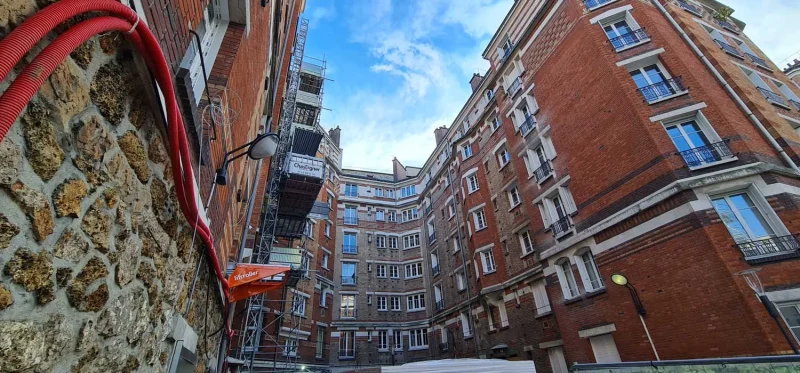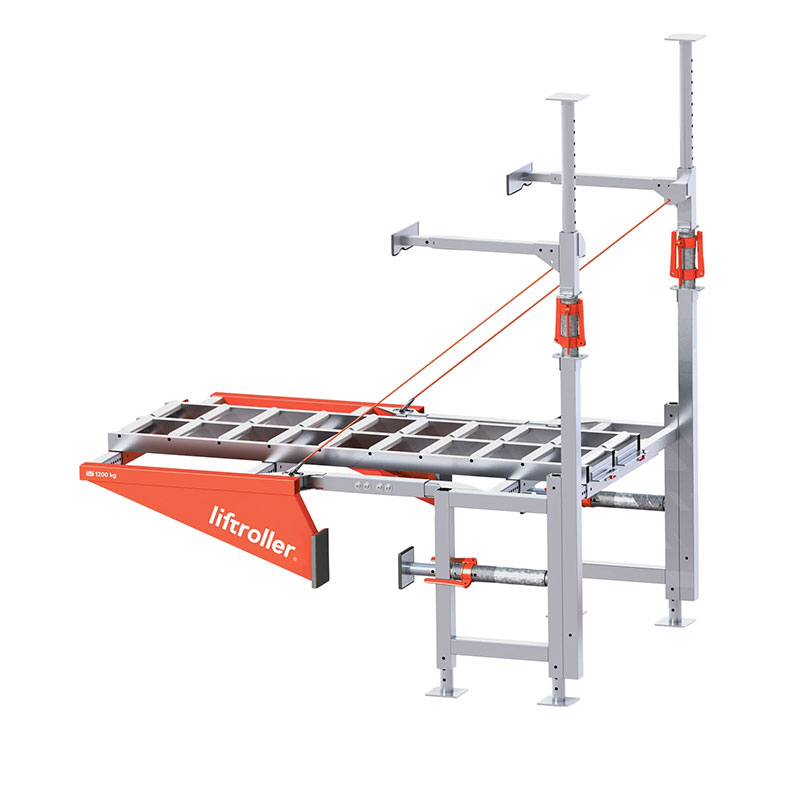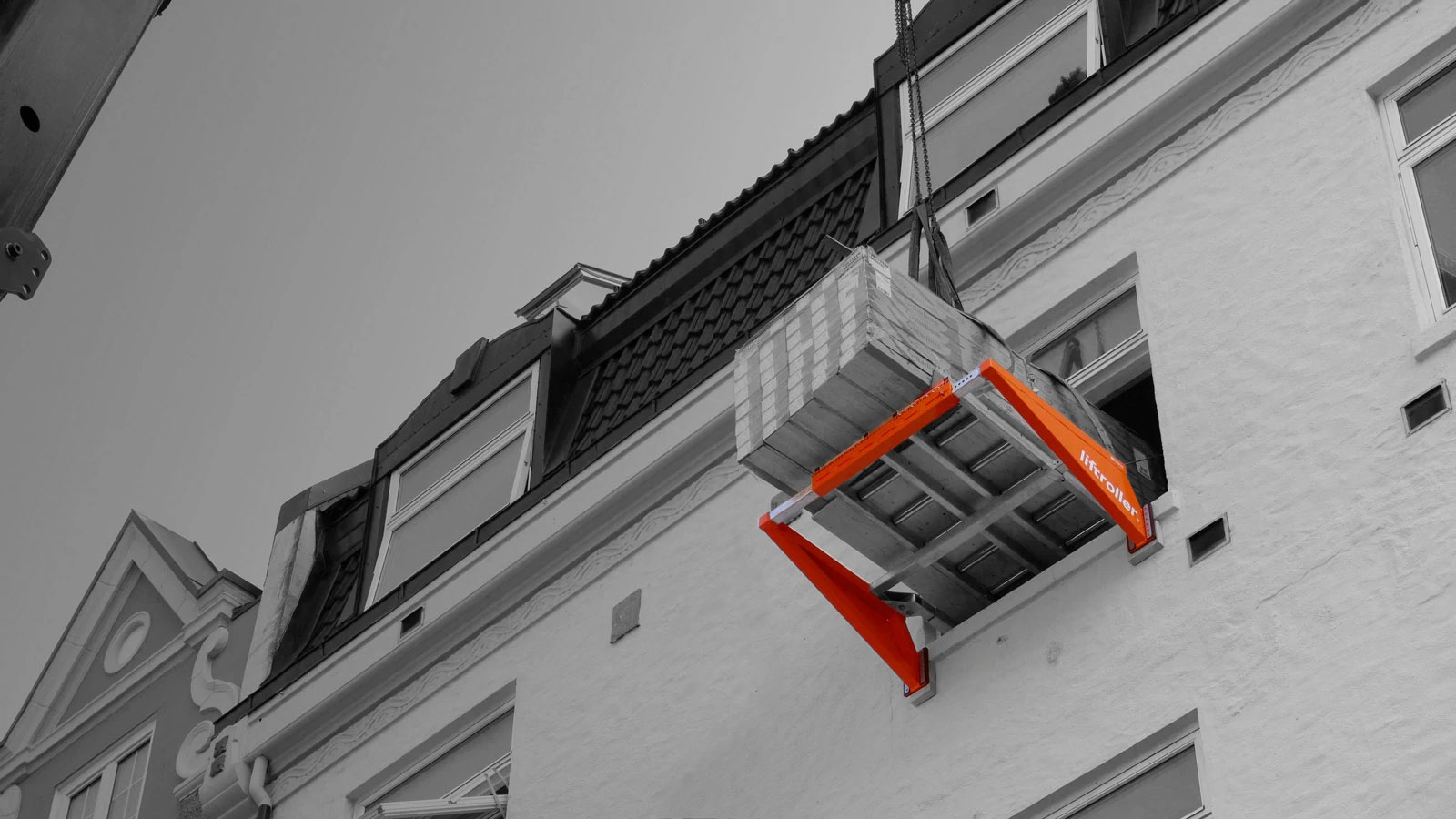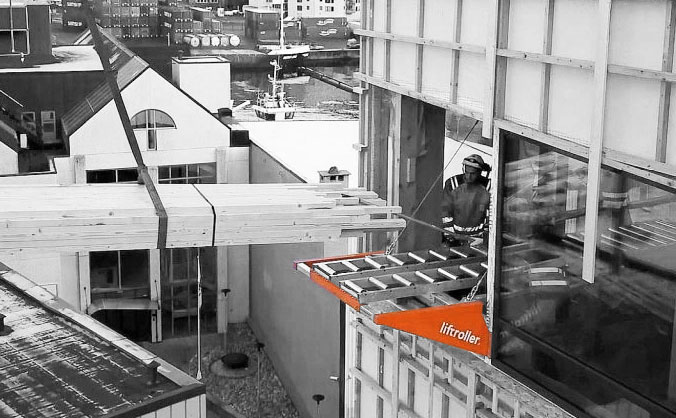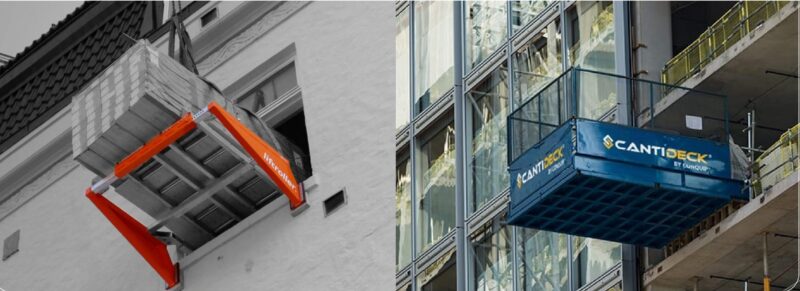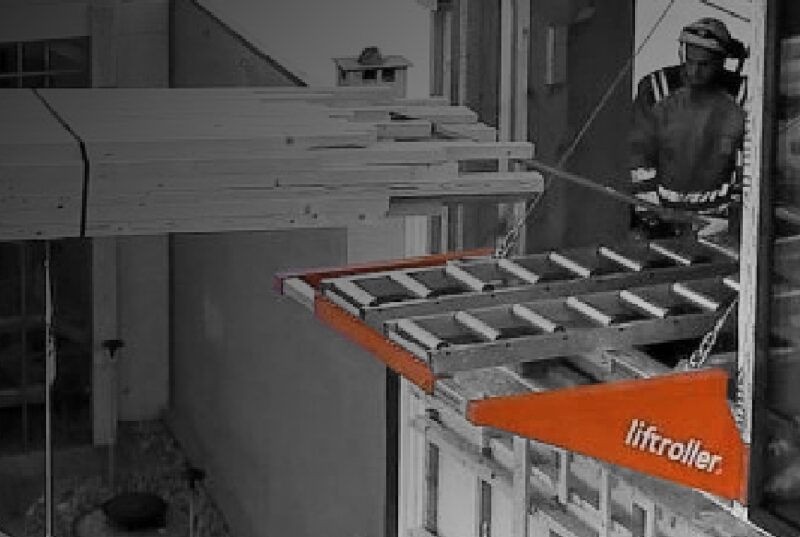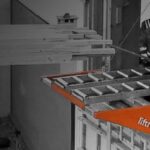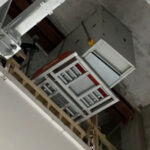City centre fit-out projects often face logistical challenges. These issues can affect timelines and budgets.
This cheat sheet has all the key info that contractors need. It focuses on managing materials, equipment, and workforce on tight construction sites.
Pre-Project Planning Essentials
Site Access Assessment
Measure all access points. This includes doorways, corridors, lift sizes, and stairwell widths.
Check the weight limits for lifts and the floor loading capacities. These can often cause delays.
Most city centres have strict delivery times, usually from 7 am to 10 am. So, find these times early when you plan.
Map out parking restrictions and loading bay availability around your site. Talk to nearby businesses to learn about their concerns. This helps to build a strong relationship from the start.
Permit Requirements
Getting the right permits can make or break your project timeline.
You’ll usually need these permits:
- Road closure permits for large deliveries or crane access.
- Parking suspensions for storing materials and parking workers.
- Noise permits if you’re working outside regular hours.
You will likely need waste management permits for skip placement. External access requires scaffolding licences too. Each local authority has different requirements (always helpful!), so start this process early.
Material Handling Strategies
Vertical Transportation Solutions
Traditional goods lifts often struggle with modern fit-out requirements.
Here are some alternatives that work better in practice:
- Temporary hoists work well for multi-floor projects with external access. They can handle up to 2,000 kg and usually take 1-2 days to set up, costing around £800 to £1,500 per week.
- Specialist Lifting Systems have become more popular for good reasons. Modern track-based systems can navigate tight spaces that would stop conventional equipment. These motorised units cut down manual handling risks a lot. Some systems can move loads of up to 400 kg through regular doorways. They’re particularly effective for repetitive lifting tasks in constrained environments.
Traditional methods still matter. Manual handling teams work well for smaller items. Pallet trucks help with ground-floor distribution. Stair climbers are useful for moderate loads.
Just-in-time delivery planning
Align your deliveries with your installation schedules. Don’t try to store everything on your site. This saves space.
Plan ahead with suppliers for flexible delivery. Consider using holding areas outside the city centre if you can.
These out-of-town areas can serve as “consolidation centres.” Here, you can merge several supplier deliveries into one site delivery.
This cuts down on delivery vehicles. It also helps you make better use of limited delivery time slots.
Equipment Selection for Urban Environments
Compact Machinery
Standard equipment often will not fit through city centre access points.
Mini excavators under 1.5 tonnes are great for demolition. Compact concrete mixers fit through standard doorways without difficulty.
Portable dust extraction units are essential for compliance with environmental regulations.
Low-profile trolleys help you navigate tight corners. They can save a lot of time and effort when moving materials.
Power Tool Considerations
Battery-powered tools reduce cable hazards in busy areas.
Most city centres need dust suppression systems. Be sure to include them in your equipment planning.
Consider using electric power banks instead of diesel generators at your site. This can help reduce noise complaints from neighbours.
Workforce Management
Shift Planning
Early starts between 6am and 7am help you take advantage of quieter delivery windows.
Staggered working breaks also help with building management and access.
Parking cars and vans in the city centre is a constant issue. Look into public transport incentives or shuttles from parking areas outside the city.
Health & Safety
Managing pedestrians near work areas must be a top priority. You can reduce this if you use something like Liftroller’s Wall system.
Emergency evacuation procedures must be clear in multi-occupancy buildings. You should also hold regular safety briefings since site conditions change often.
Storage and Staging Solutions
On-Site Storage
Secure compound areas are hard to find in city centres. So, use vertical storage systems to maximise the limited floor space.
Climate-controlled storage is important for sensitive materials. Segregated storage allows different trades to operate with greater efficiency.
Off-Site Options
Storing off-site with daily deliveries can be cheaper than costly city centre options.
Mobile storage units provide flexibility since you can move them when needed. Also, supplier-managed inventory cuts down your on-site storage needs.
Common challenges and solutions
Limited lift capacity
Break down large items before delivery. Use specialist lifting equipment. Also, think about external hoisting for oversized items. Planning these workarounds prevents costly delays.
Restricted Delivery Windows
Negotiate longer hours with local authorities if you can. Use overnight storage facilities or set up weekend delivery schedules.
Look at all sorts of options for this in case your first choice does not work out.
Dust and Noise Control
Invest in high-quality extraction systems and schedule noisy work during permitted hours.
Build strong ties with nearby businesses. It’s much easier when everyone works together!
Waste Management
Put in place segregated waste streams and use compactors to reduce volume.
Set up regular collections within allowed hours. If you miss your slot, you could face a full week without a collection.
Cost Management Tips
Budget Allocation
Add an extra 15-20% to the budget for logistics compared to non-city centre projects.
Problem areas that raise costs often stem from storage fees during long projects. Delays can come from several causes, including permit delays and access issues.
Think about using specialised urban contractors. Although they may charge higher rates, their skills can be valuable and can speed up the project.
Cost-Saving Strategies
Bulk deliveries during extended access windows reduce per-unit costs. Using an out-of-town storage area for these would reduce costs for you.
Sharing resources with other contractors in the same building can split expenses.
Building Relationships
Key Stakeholders
Building management controls access and facility usage, so maintain good relationships with them. Local authorities manage permits and compliance. Nearby businesses can help or make your operations harder.
Suppliers who know urban challenges provide valuable insights and often more flexible services.
Communication Strategies
Provide regular updates to all stakeholders about progress and potential disruptions. Set clear steps for escalating urgent issues. Focus on solving problems before they happen, not reacting to them.
A professional presentation helps keep your company’s good reputation in busy urban areas.
Emergency Procedures & Contingency Planning
Identify alternative access routes if primary routes become blocked. Keep strong ties with backup suppliers for key materials. Also, ensure emergency contact lists are current for all stakeholders.
Create quick response plans for equipment failures. Delays in city centres can build up in a short period.
Crisis Management
Set up clear communication lines for big disruptions. Also, make sure your insurance covers city-specific risks. Keep legal compliance in emergencies and prepare business continuity plans for long delays.
Final Checklist
Pre-Start Essentials
Ensure that you get all permits and display each one correctly. Confirm site access and verify all measurements. Coordinate delivery schedules with all suppliers and brief your workforce on urban-specific procedures.
Communicate emergency procedures to all parties before work begins.
Daily Operations
Keep to delivery windows without fail. Also, check noise and dust levels during the day. Follow waste management protocols and share progress updates with stakeholders.
Maintain equipment according to scheduled maintenance to avoid breakdowns during critical phases.
Project Completion
Clear all waste on time and return the site to its original state. Complete final inspections and close out permits with the authorities.
Gather feedback from stakeholders for future projects. This info is key for ongoing improvement.
Expert Insights
Successful fit-out projects need good planning and a flexible approach. The key is to expect problems before they happen. Then, have several solutions ready for each possible issue.
Modern materials handling solutions have transformed urban construction logistics. Track-based or motorised lifting systems can navigate standard doorways with ease. They can carry heavy loads, which solve many traditional access problems. These systems excel particularly well in repetitive lifting scenarios common in fit-out work.
City centre projects often become showcases for your company’s capabilities. Good logistics planning leads to project success. It also helps create a good reputation for future projects.
The construction industry is always changing. New technologies and methods help tackle city challenges. Staying current with new trends and products helps you stay ahead of the competition.
Contact us to help find bespoke solutions to your City centre logistics here.

Liftroller Wall
Liftroller Wall enables safe and efficient material transfer on construction sites. Improve workflow and safety with our innovative system!
- Carry Up To1,200kg
- Adjustable1,200-1,700mm
- Assembly15 minutes
- LightweightAluminium

